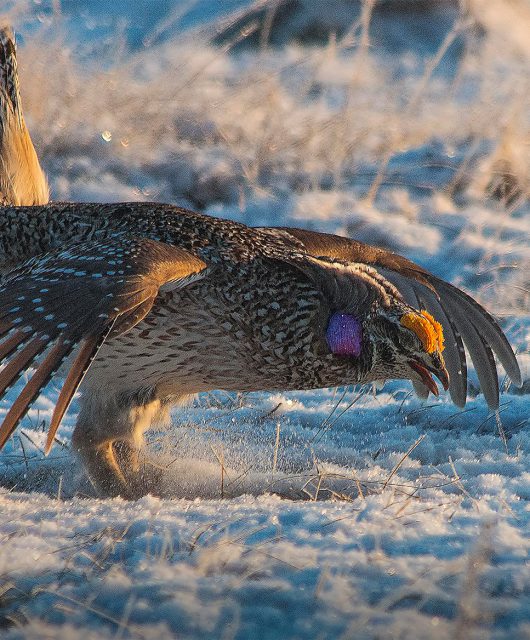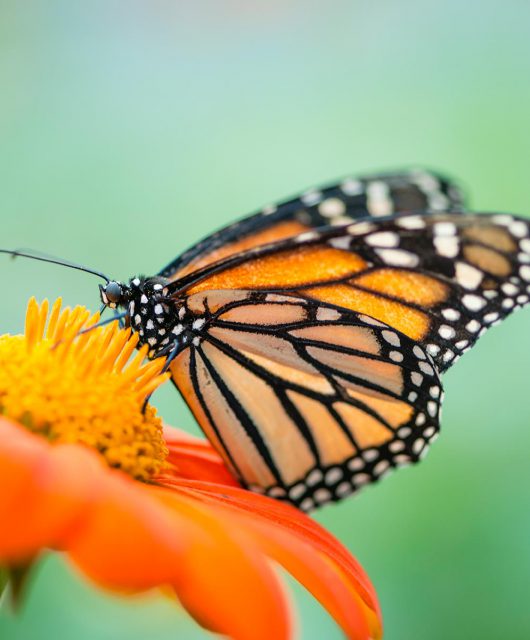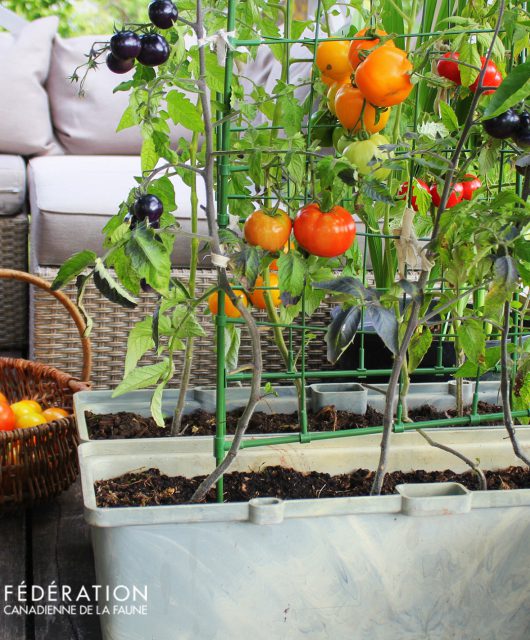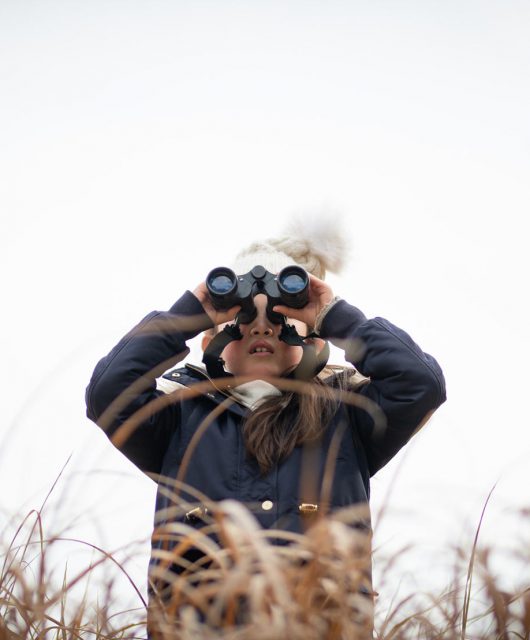With the motto “Let’s Build Back Better,” Canadian government and private sector take a look at post-COVID long-term economic recovery and find natural infrastructure is the way to go.
On July 22, 2020, the Task Force for a Resilient Recovery released its interim report on a post-COVID-19 economic recovery and identified “bold moves” to ensure Canada’s resilient recovery.
The Task Force for a Resilient Recovery is a highly diverse group of 14 Canadian business, academic, conservation and government policy leaders and they all agree on one thing — investing in trees, rivers, meadows, wetlands and other “natural infrastructure” is a great idea. In fact, we couldn’t find anyone who opposes this idea.
The COVID-19 pandemic is a global health and economic crisis. Governments have already spent billions in the immediate response. Billions more will be invested before this crisis is over, including in restarting economies. Our goal should be to ensure that those billions in new Canadian expenditure are invested wisely in a strong and resilient recovery – one that delivers good jobs and is positive for the environment.
So, How — Exactly — Can This Be Achieved?
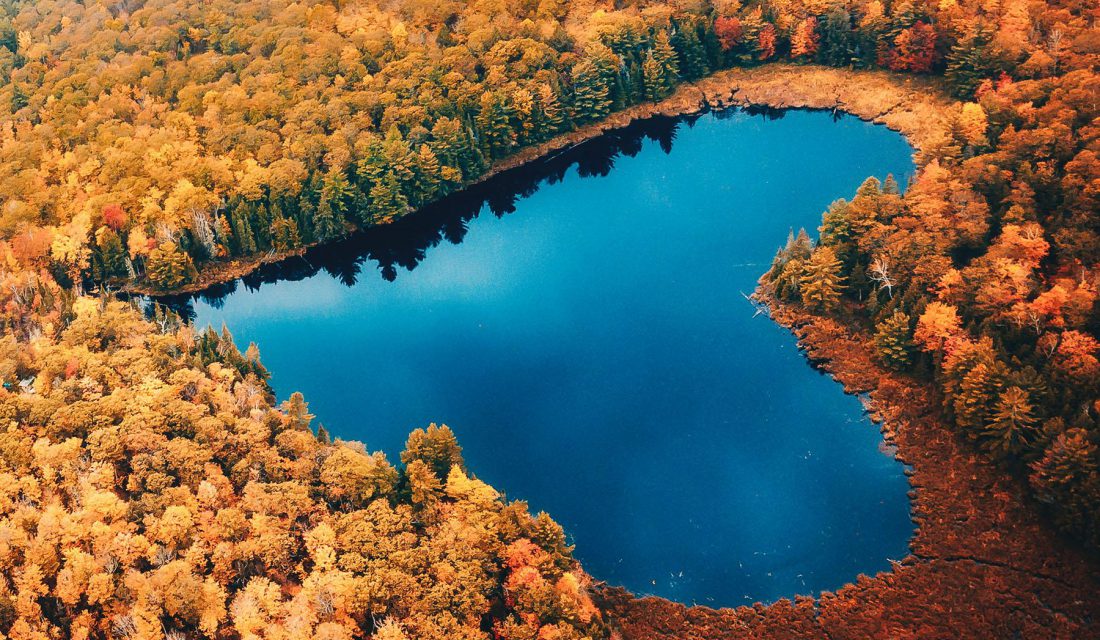
Drawing on ideas from across Canada and around the world, the Task Force identified five “bold moves” to ensure Canada’s resilient recovery. One of the most important bold moves is all about investing in natural infrastructure.
Natural infrastructure projects create good jobs and provide a variety of environmental, social and health benefits. It can also reduce costs for municipalities to provide essential services. Support for natural infrastructure solutions as part of a post-COVID-19 green recovery stimulus would help Canada achieve all of these benefits.
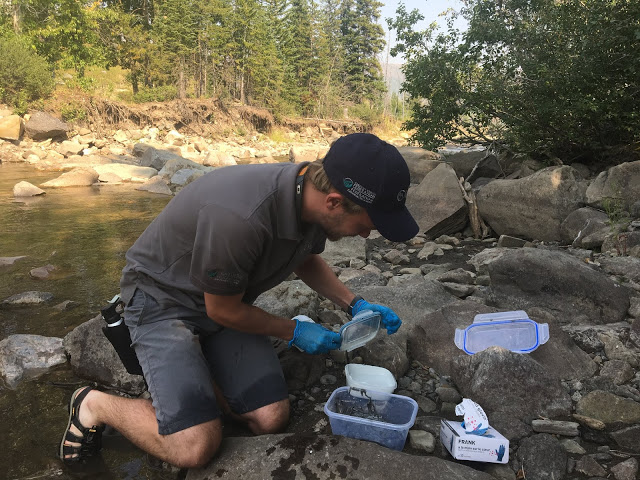
The Canadian Wildlife Federation is supporting a number of key natural infrastructure projects across the country, including the following:
- Outdoor recreation and nature appreciation infrastructure in parks and privately conserved areas such as trails, viewing platforms, interpretive centres, access points and boat launches
- Habitat restoration of meadow habitat along hydro, road, and other utility corridors to create a legacy project of pollinator and wildlife corridors
- Intensive program of removing ghost fishing gear on the Atlantic and Pacific coasts to reduce plastic in our oceans and prevent fish and wildlife mortality
- Creating wildlife over/under passes in high risk zones, such as along the Highway 3 corridor in the Crowsnest Pass region of Alberta and British Columbia, reducing wildlife mortality and significantly improving driver safety
- Invasive species control and eradication projects such as rehabilitation of lamprey control barriers in the Great Lakes watershed, common reed control in important wetlands of Ontario and Quebec, and salt cedar control in Alberta and Saskatchewan
- Seismic line rehabilitation in the boreal region of British Columbia and Alberta
- Stream crossing assessment and remediation in British Columbia to improve Pacific salmon habitat
- Riparian planting and cattle fencing on agricultural lands to improve water quality and habitat
The post-COVID-19 economic recovery is a critical opportunity to build a future that has solved many of these listed problems.
Four Key Recommendations
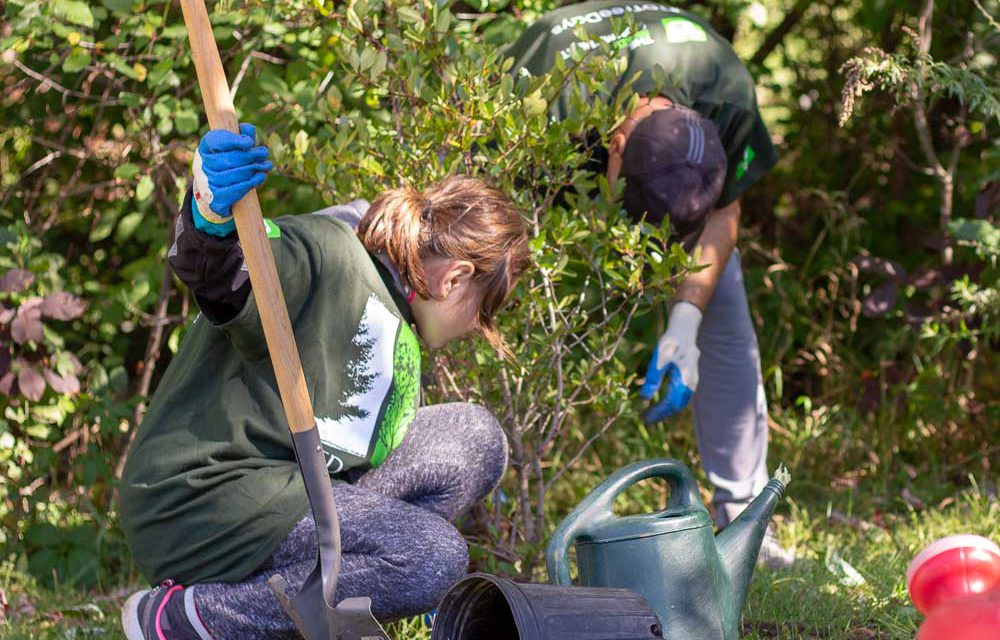
To get Canada there, the Task Force for a Resilient Recovery makes four key recommendations for investing in the natural infrastructure that protects and sustains all of us:
1. Invest in natural infrastructure
By restoring and conserving natural infrastructure, such as wetlands, coastal marshes and forests to increase the climate resilience of our communities we get co-benefits like increased conservation and reduced impacts of climate change.
2. Leadership in conservation and supporting Indigenous reconciliation
By investing $1 billion in the expansion of Canada’s Protected Areas network, particularly Indigenous Protected and Conserved Areas, while supporting infrastructure for nature tourism and strengthening ecological monitoring, Canada can become a global conservation leader.
3. Increase financing for natural solutions
Government should match private capital to support stewardship and conservation by landowners, farmers, communities and resource managers.
4. Grow and train the workforce for ecosystem restoration, monitoring and nature-tourism
Government investment can connect unemployed and underemployed Canadians with opportunities in the nature economy and build capacity for increased ecosystem restoration, environmental monitoring, sustainable resource management and nature tourism. This will boost the planning and implementation capacity of local governments, Indigenous groups, conservation agencies, forestry and agriculture operations, conservation NGOs and tourism bodies.
What do you think of the Task Force’s preliminary report? Comment below!

